Delft used to be an industrial city, but nowadays it is known for its Delft blue pottery, the Royal House and its relationship with painter Johannes Vermeer. Due to this city walk you will get to know Delft much better and discover all the hidden facts. You will walk along the Nieuwe Kerk, the impressive city hall, the Beestenmarkt and Hotel Grand Canal. You also pass the impressive store called House of Vermeer, where all kinds of beautiful Delft blue pottery are sold. Will you go home with a unique Delft souvenir? Or would you rather learn more about why the Oude Kerk is leaning? Broaden your knowledge and be amazed by this beautiful city during this audio guided tour.
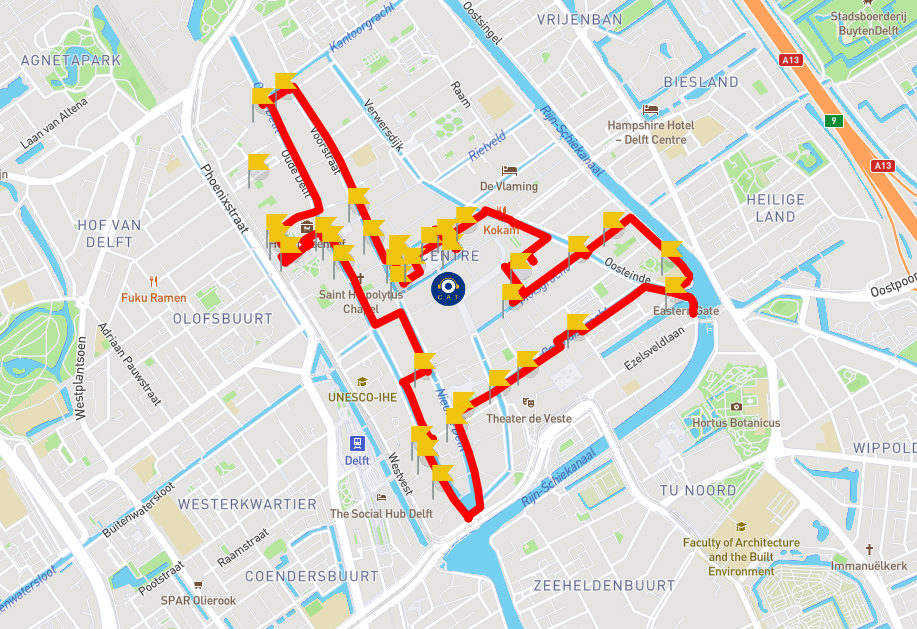
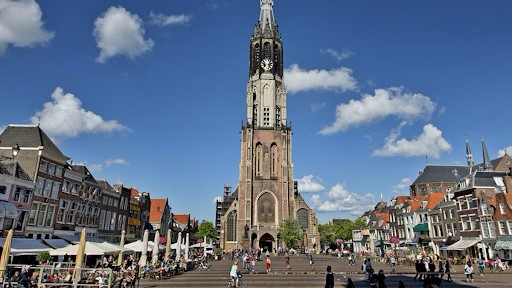
Why Visit: This 14th-century Gothic tower leans more than Pisa's famous counterpart, yet locals barely notice.
Built to rival older churches, the Nieuwe Kerk houses Dutch royalty in its crypts below. The tower tilts two meters off-center - a construction flaw that became Delft's quirky trademark. Climb 376 steps for views across the city where Vermeer painted his masterpieces.
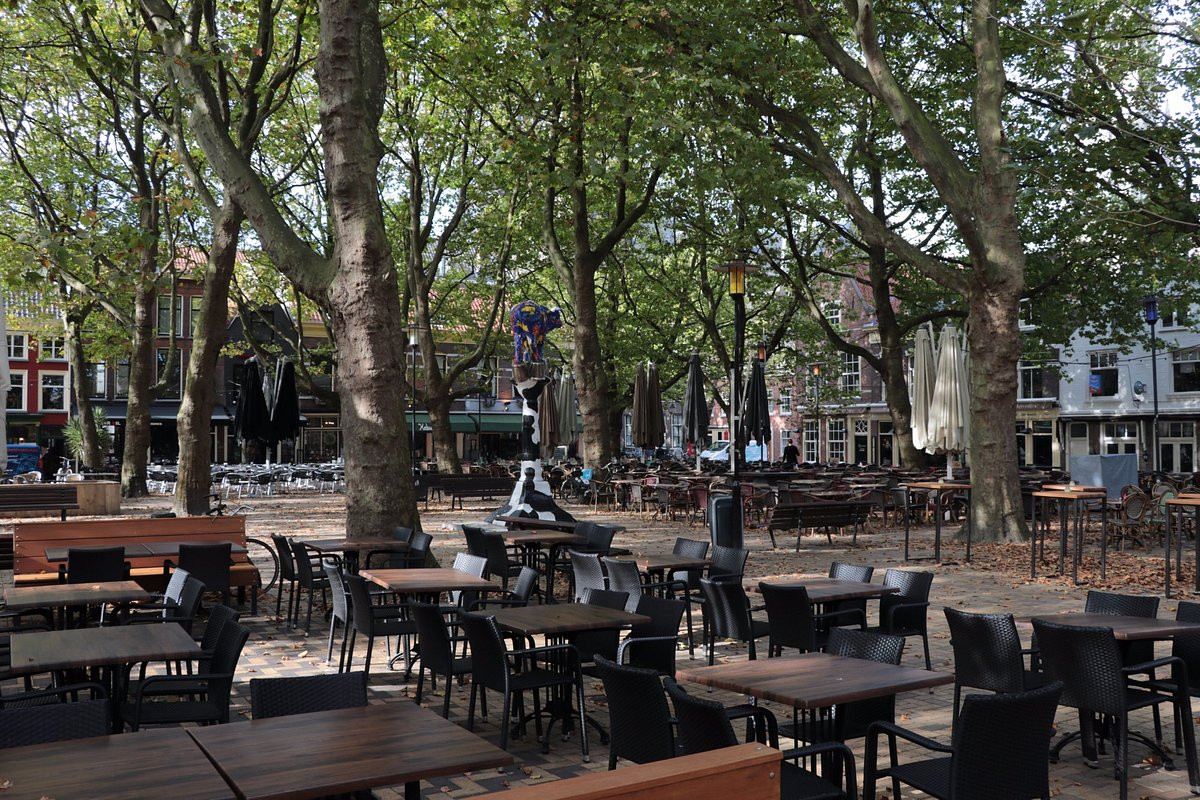
The Story Behind: This square once echoed with cattle bells and sheep bleating during Delft's biggest weekly market.
Farmers drove livestock here every Thursday for over 400 years. The name literally means "beast market" - nothing fancy about it. What tourists see as a charming cobbled square was actually a muddy, noisy trading ground that made Delft wealthy.
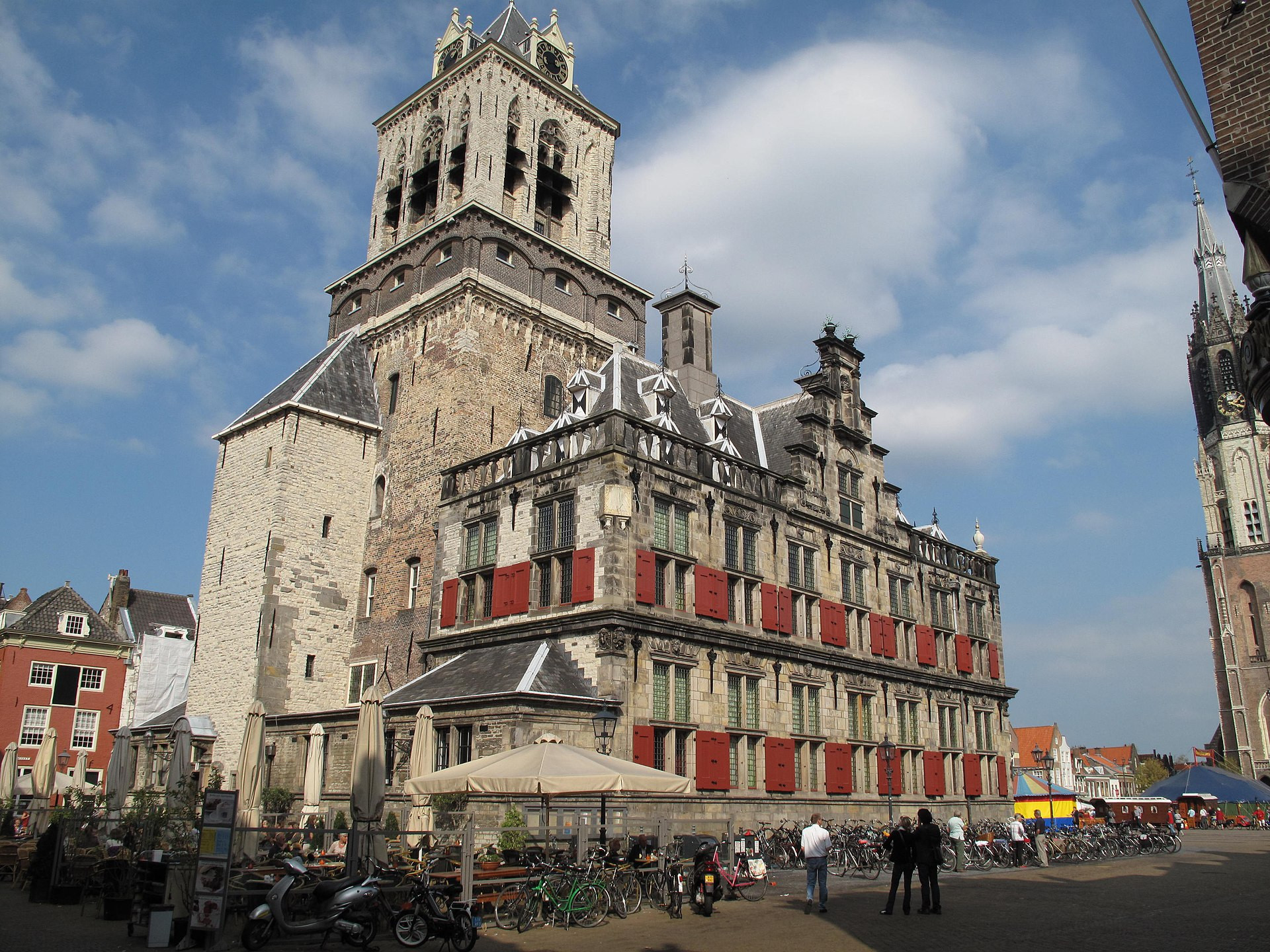
Ever Wondered: How does a medieval building survive when everything around it burns down repeatedly?
Delft's city hall faced three major fires, yet this Gothic gem kept standing through clever 17th-century additions and pure luck. The red shutters aren't decoration - they're functional fire protection that actually worked. Inside, wedding ceremonies still happen in the same hall where William of Orange once held court. The building's mixed architectural styles tell stories of survival and adaptation.
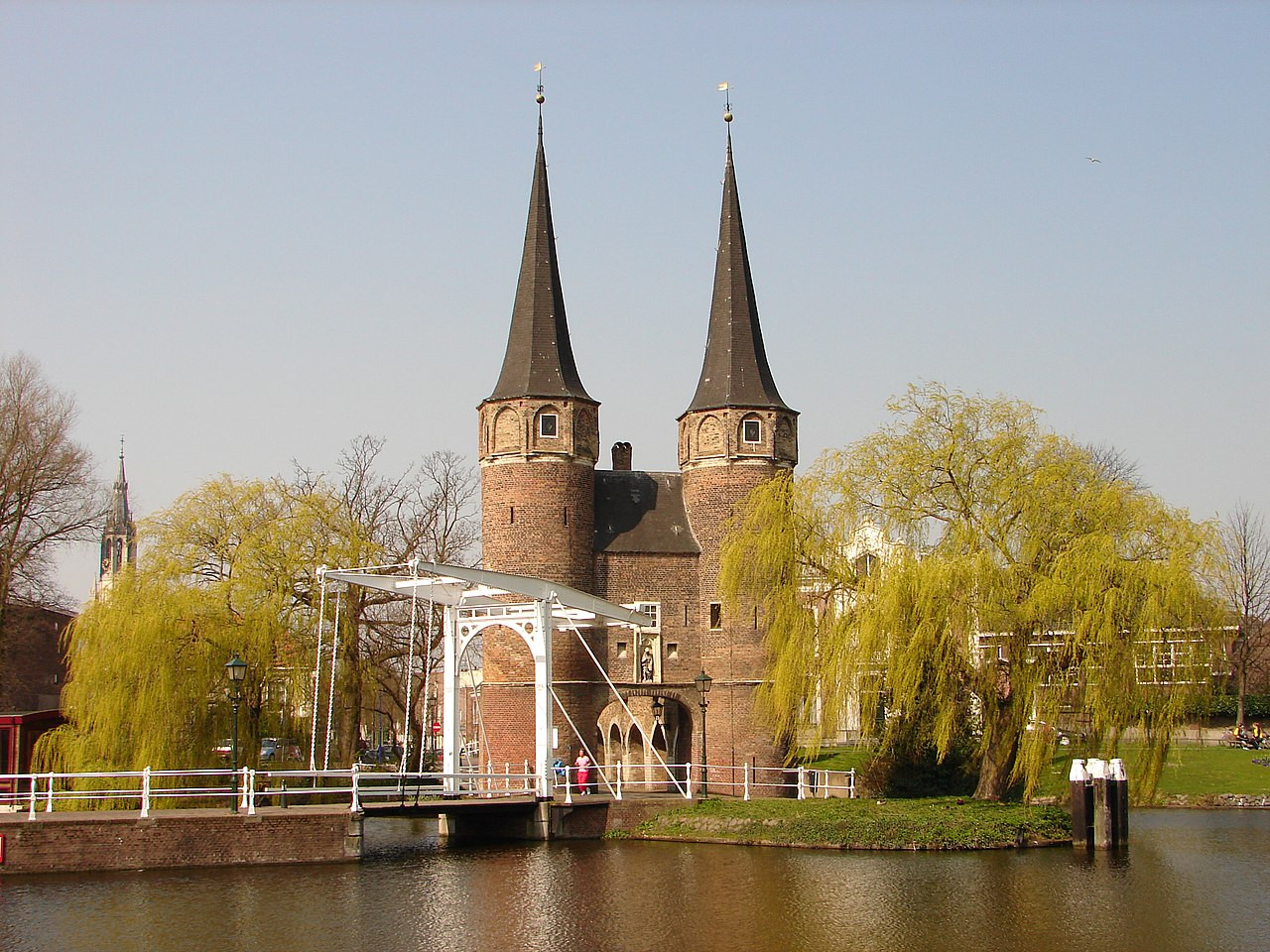
What You'll Find: Two massive brick towers connected by a gatehouse that controlled access to medieval Delft for over 500 years.
This eastern gate watched merchants, soldiers, and plague victims pass through its arches. The portcullis mechanism still works - locals demonstrated it as recently as 1960 during a town celebration. Notice how the towers lean slightly inward. That's not age - it's intentional medieval engineering designed to strengthen the structure against attacks.
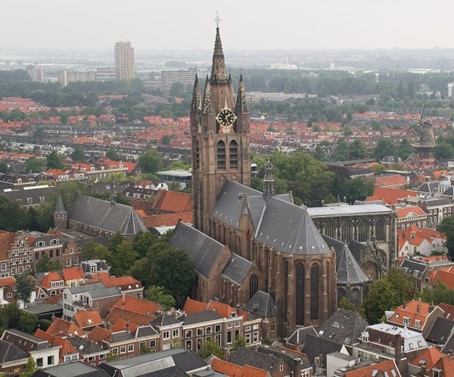
Back in 1246: Master builders started this church without realizing they were building on unstable peat soil.
The result? A tower that leans, floors that slope, and walls that shift with the seasons. Vermeer lies buried here, along with scientist Antonie van Leeuwenhoek who discovered bacteria. The crooked spire has become Delft's most photographed landmark.
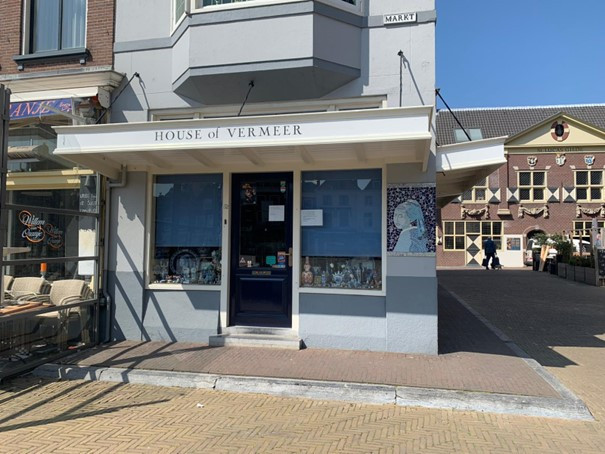
Local Secret: The exact location of Vermeer's house remained a mystery until historians finally pinpointed it in 1982.
Most visitors walk past this modest building on Markt square without knowing the Girl with a Pearl Earring was likely painted here. Archaeological evidence suggests Vermeer's mother-in-law owned the property, solving centuries of speculation. The audio guide Delft reveals how recent research connected this building to several famous paintings through window angles and light patterns.